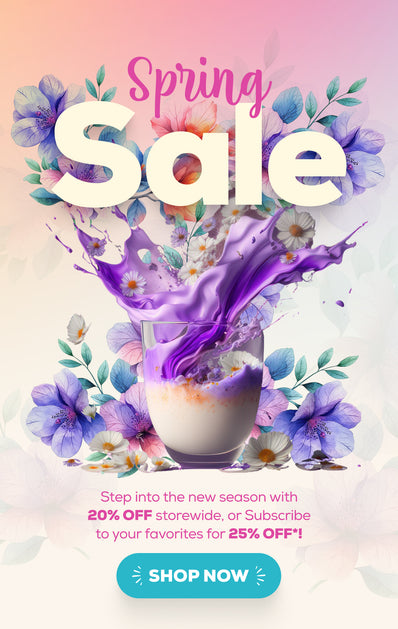Store bought herbal remedies can be expensive and poor quality. Learn what and how to grow herbs for remedies in this two-part herbal education!
The acceptance of herbal remedies has spiked in the past decade as many people are more wary of the side effects (and expense) of traditional medicines. That's a great thing, but has had its own unintended consequences. As herbal remedies have become more popular, the companies providing them have grown larger. That means rising prices and, in some cases, lower quality herbal sources as these companies cut corners to increase profits and battle each other for market share.

Your best bet is to grow and prepare your own herbs and prepare your own herbal medicines. Even if the herbs you buy at your local health food market were top quality when they went into the bottle, sitting for weeks or months on the shelf exposed to the light can have very negative effects on the potency of those herbs. Nothing beats breaking a few leaves off your garden plant and processing them yourself immediately.
Herb Growing Tips
If growing and preparing your own herbal remedies sounds like a lot of work, it really isn't. Many herbs are quite easy to grow, even in limited space or when the weather outside is a little chilly during the winter months since you can use a window sill or balcony. Here are a few tips to keep in mind:
- Make sure the spot you put your plants gets plenty of sun (at least six hours). The exact amount of sun required for each herb varies, but most plants do fine as long as they get at least six hours of sun.
t -
 Start planting once you're sure the last freeze of the year is over. You don't want your hard work to die before it ever gets going because of a freeze or frost.
Start planting once you're sure the last freeze of the year is over. You don't want your hard work to die before it ever gets going because of a freeze or frost. - If you're growing herbs in pots, make sure the pots are large enough for the roots to expand as much as they need to. Pots at least eight inches in diameter are a good size for most herbs.
t - Another note if you're going to grow in pots: be sure to use soil formulated for use in containers ("potting mix") and not anything labeled "garden soil." There is a difference! Potting mix is designed to hold onto moisture since a small pot can dry out much quicker than a garden bed.
t - If you're not a green thumb or want to get your first harvest quickly, start off with seedlings rather than planting the seeds on your own. While it can be a magical experience to watch your herbs grow from seeds, you'll save a lot of time and improve your chances of good growth if you buy seedlings from your local nursery.
t - When harvesting, cut leaves from the top of the plant rather than the bottom. Those lower leaves are the plants solar collectors and you don't want to damage those. Also, don't cut a plant down more than a third of its height.
t - Last harvesting note: be sure to clip the leaves before any flowers start to bloom. Flowers are lovely, to be sure, but the plant will focus its attention on the flowers rather than the leaves once they're blooming. So be sure to nip that in the bud (sorry, I couldn't resist) by snipping off any flower buds as soon as you see them.
What To Grow
 Now that you know how to get started growing the herbs, let me give you a few suggestions for what to grow. The following herbs are pretty easy to plant, grow, and care for while offering great medicinal value:
Now that you know how to get started growing the herbs, let me give you a few suggestions for what to grow. The following herbs are pretty easy to plant, grow, and care for while offering great medicinal value:
Basil
is a natural anti-inflammatory, making it great for relieving anything from bowel inflammation to rheumatoid arthritis. It's also very high in antioxidants.
Chamomile
is another good choice for your herb garden. It's known to relieve skin inflammation and irritation, tension, anxiety, and even indigestion.
Echinacea
has long been used as an herbal remedy to reduce the severity of colds and flus by boosting the immune system.
Feverfew
leaves can be chewed to ease headache pain (even migraines). It's also been demonstrated to relieve symptoms from a variety of skin conditions and arthritis.
Lavender
is a great choice for helping with anxiety. Even just the smell of the herb has been demonstrated to calm and relax people. It's also a good antiseptic that can be applied to cuts and bruises, and helps relieve pain.
Lemon Balm
is a very versatile herb, so if you don't have room for many plants, this one is a good choice. Its relief uses range from anxiety to upset stomach to insomnia to insect bites. It even helps speed up the healing of cold sores.
Marigold
is a known as a good remedy for a variety of skin issues such as acne, blemishes and even sunburn.
Join us next Wednesday where we’ll learn how to transform our home grown herbs into usable remedies!





